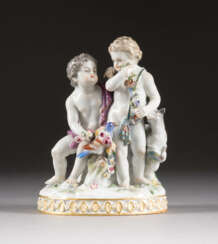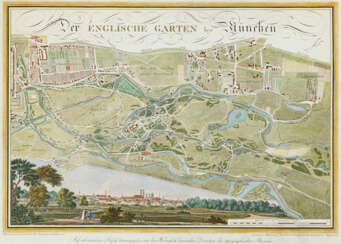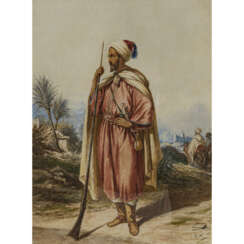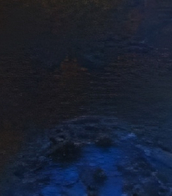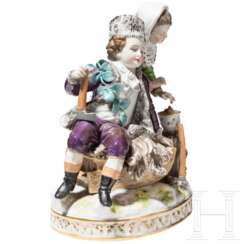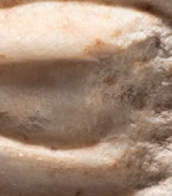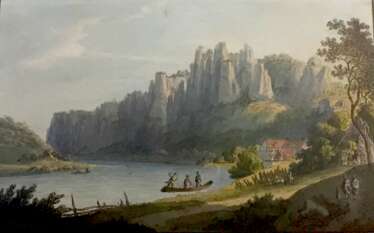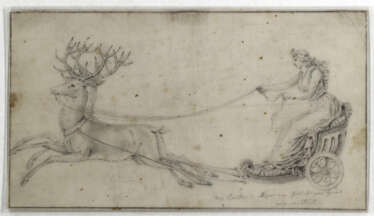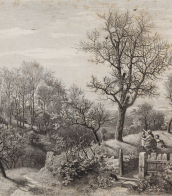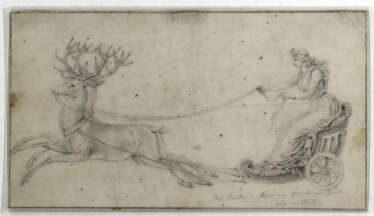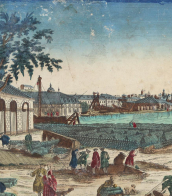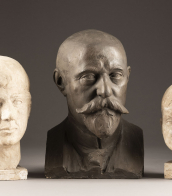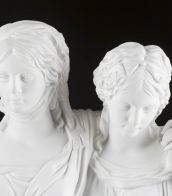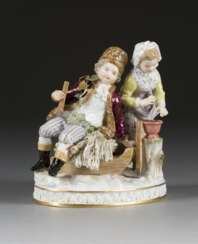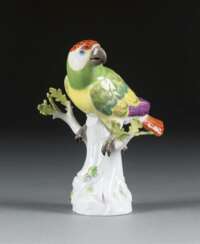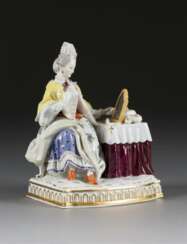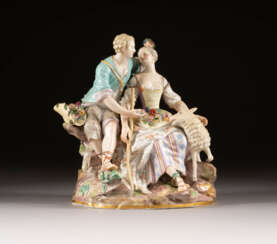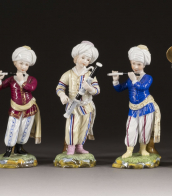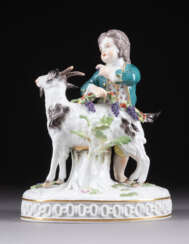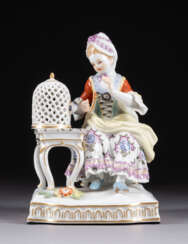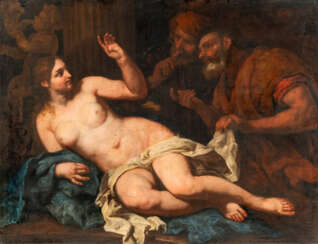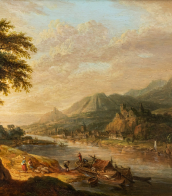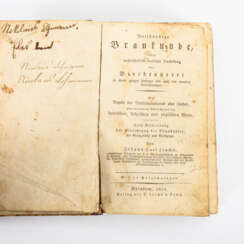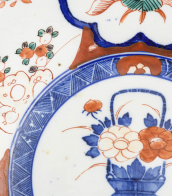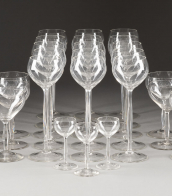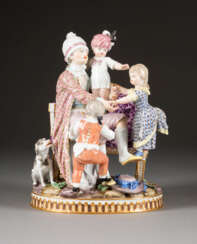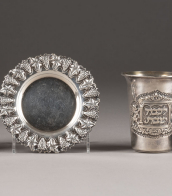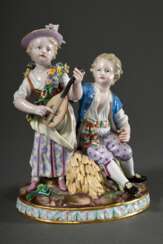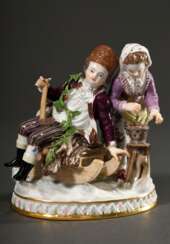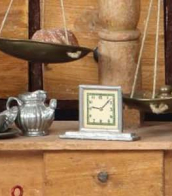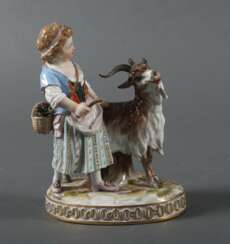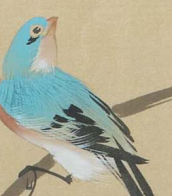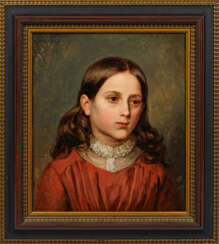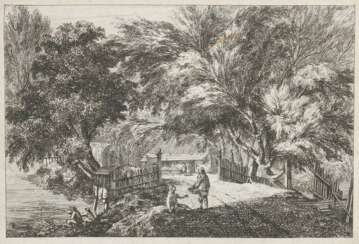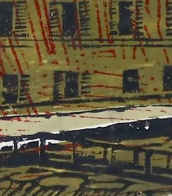915 Items by auctions and galleries:
johann carl
Lot 555 JOHANN CARL SCHÖNHEIT KINDERGRUPPE MIT LAMM UND PAPAGEI
Johann Carl Schönheit (1730 - 1805) 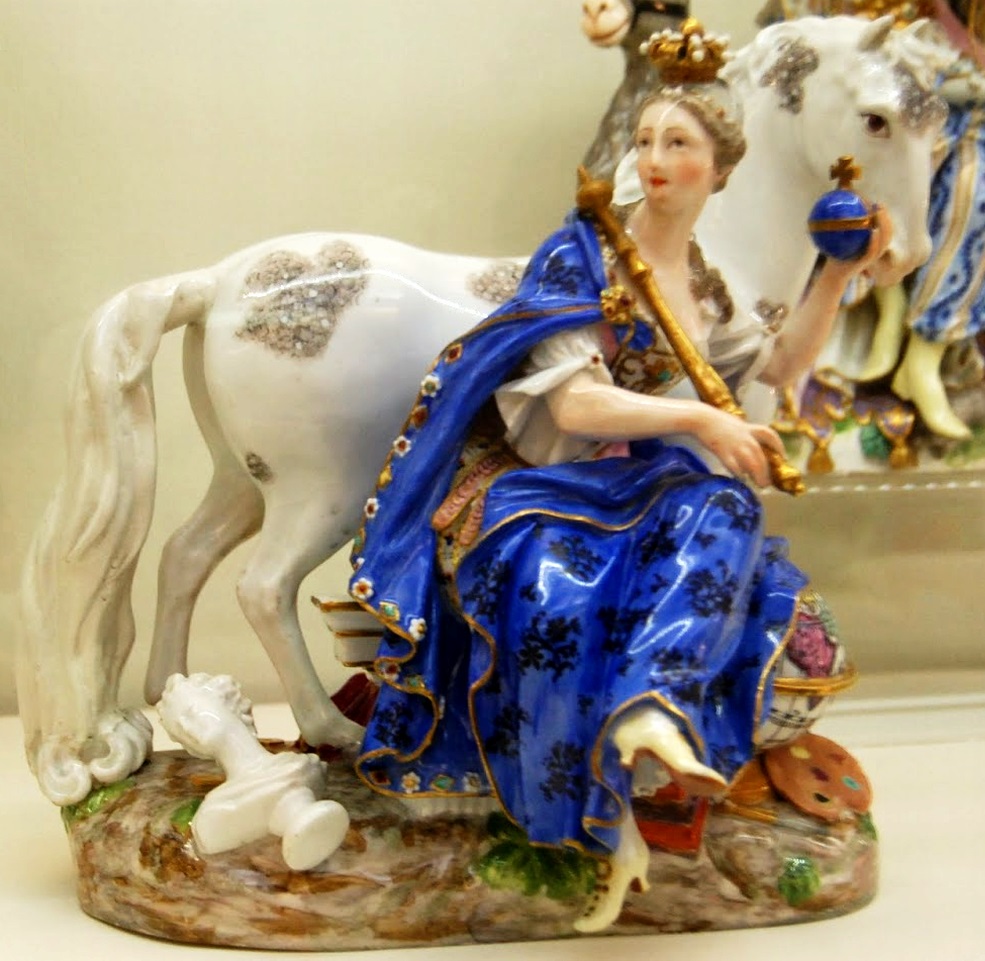 Auction 100-II. Handicrafts.
Auction 100-II. Handicrafts. 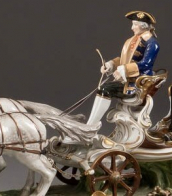

Johann Carl Schönheit
February 1730 - 27.05.1805
Germany
Johann Carl Schönheit was a Saxon sculptor and porcelain modeller. He worked at Meissen Porcelain Factory from 1731, learning the fine arts by Johann Joachim Kändler's and Michel Victor Acier.

Hargesheimer Kunstauktionen Düsseldorf
Auction 100-II. Handicrafts.
Date: 13.03.2020 10:00 UTC +01:00
Number of lots in the catalog: 743
Lot 1044 Johann Carl Schleich
Johann Carl Schleich I (1759 - 1842) 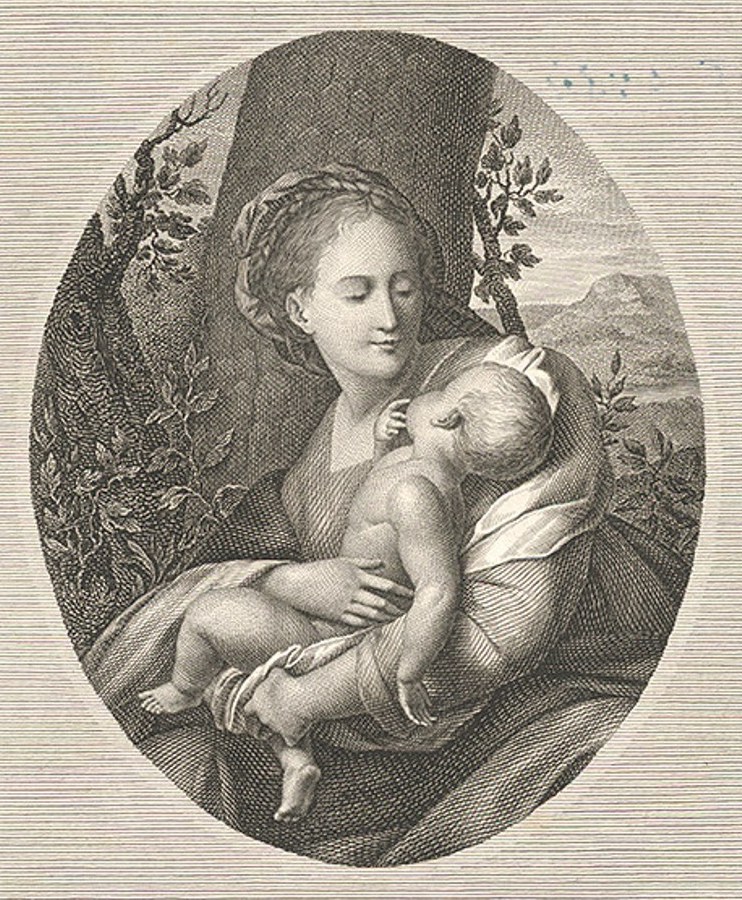 408_4: Graphik und Gemaelde
408_4: Graphik und Gemaelde 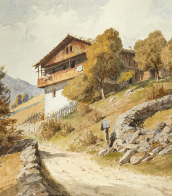

Johann Carl Schleich I
1759 - 1842
Germany
Johann Carl Schleich the Elder was a German engraver. On the basis of paintings he created engraving portraits of famous contemporaries, made topographical works. His son, Johann Carl Schleich the Younger, was also an engraver.

Kunstauktionshaus Neumeister
408_4: Graphik und Gemaelde
Date: 30.03.2023 14:00 UTC +01:00
Number of lots in the catalog: 201
Lot 531 Johann Carl August Richter: "Rathen avec les rochers nommés Bastei, Canapée, Rosenbette" Kolorierte Umrißradierung, 1820
Jewelry, Fine Art, Fine Antiques, Militaria 

EFREUNA Kunst- und Auktionshaus
Jewelry, Fine Art, Fine Antiques, Militaria
Date: 28.04.2018 12:00 UTC +01:00
Number of lots in the catalog: 868
Lot 533 Johann Carl August Richter: "Die Altradner Schloßruine hinter dem Lehngerichte ...". Kolorierte Umrißradierung, 1820.
Jewelry, Fine Art, Fine Antiques, Militaria 

EFREUNA Kunst- und Auktionshaus
Jewelry, Fine Art, Fine Antiques, Militaria
Date: 28.04.2018 12:00 UTC +01:00
Number of lots in the catalog: 868
Lot 1122 Polychrom staffierte Meissen Gruppe „Allegorie des Sommers“, Entw.: Johann Carl Schönheit um 1782, Ausf.: 19.Jh., Ritznr.: 21/G 92 59, 15,5x12x9,5cm, div. Defekte
Herbst-Auktion 29. - 30. September 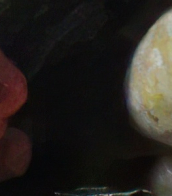

Auktionshaus Kendzia
Herbst-Auktion 29. - 30. September
Date: 29.09.2023 10:00 UTC +01:00
Number of lots in the catalog: 1350
Lot 1123 Polychrom staffierte Meissen Gruppe „Allegorie des Winters“, Entw.: Johann Carl Schönheit um 1782, Ausf.: um 1900, Modellnr.: G.94., Formernr.: 143, Malernr.: 82, H. 14,7cm, Axt und Blattwerk best.
Herbst-Auktion 29. - 30. September 

Auktionshaus Kendzia
Herbst-Auktion 29. - 30. September
Date: 29.09.2023 10:00 UTC +01:00
Number of lots in the catalog: 1350
Lot 381 Porzellanfigur "Der Winter" - Allegorie aus der Serie der vier Jahreszeiten, Johann Carl Schönheit, 1782 (Entwurf), Höchst, Ende 18. Jhdt.
Works of Art & Antiquities, Ancient & Asian Art 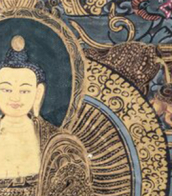

Hermann Historica
Works of Art & Antiquities, Ancient & Asian Art
Date: 10.10.2023 10:00 UTC +01:00
Number of lots in the catalog: 616
